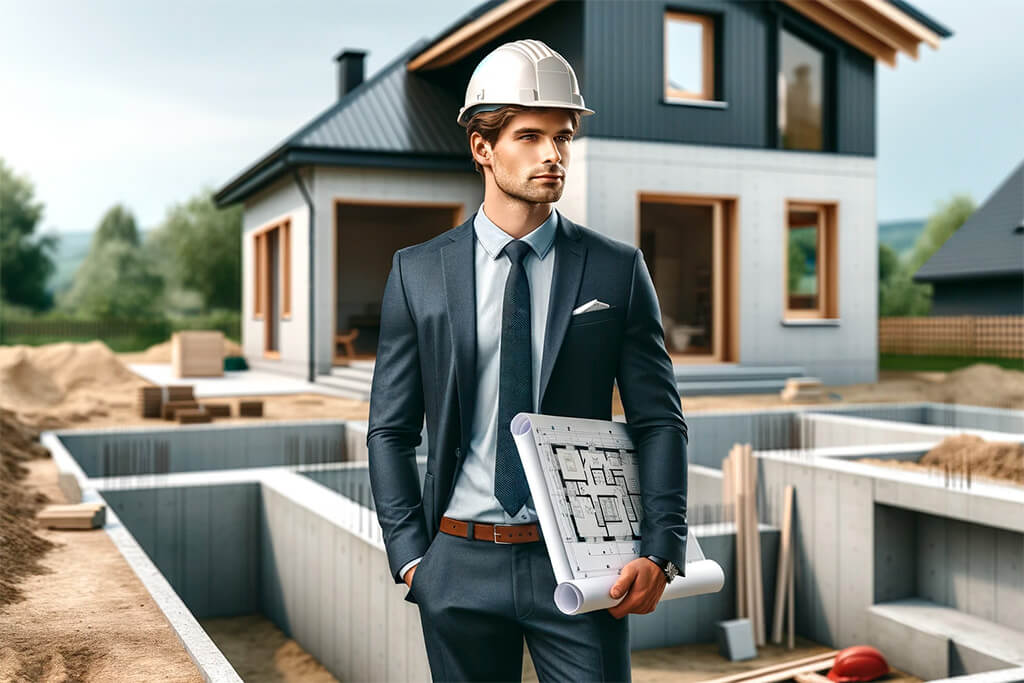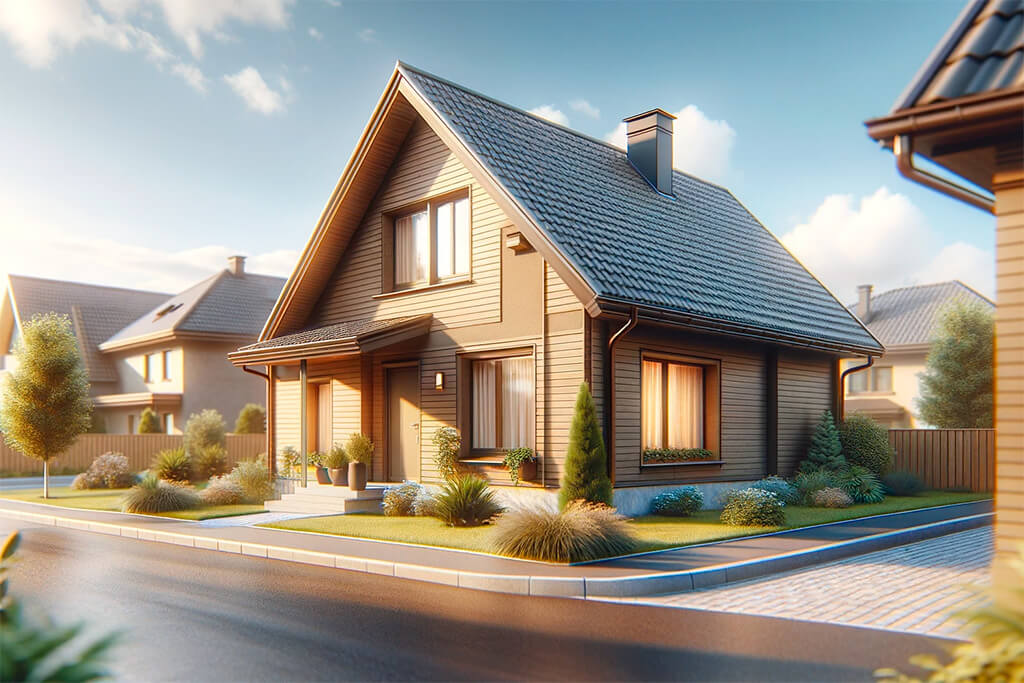In the world of home maintenance, particularly in the diverse climates of the USA, storm windows are more than just an accessory – they are a necessity. These stalwart additions to your home serve a dual purpose: they are the guardians against the ferocity of nature and the silent saviors of your energy bills. Think of storm windows as a year-round investment, giving you peace of mind during the wild winter storms and keeping your cool during the blistering summer heat.

The Basics of Storm Windows
At their core, storm windows are your secondary line of defense, designed to work in tandem with your existing windows. They’re not just a barrier against the elements but also a buffer zone, trapping air and reducing the thermal exchange. This means your heater works less during the winter chills and your air conditioner takes it easy during the summer scorchers. The result? A comfortable home and some welcome savings on energy costs.
Types of Storm Windows
- Traditional Wood Frame Storm Windows: These are your classic choice, bringing a timeless aesthetic to any home. But don’t let their traditional looks fool you, with proper care, they are as resilient as they are elegant. And for those who like a personal touch, they’re paint-friendly, allowing you to customize to your heart’s content.
- Aluminum Frame Storm Windows: For the practical-minded, aluminum frames are a boon. Lightweight and cost-effective, they offer ease of installation and maintenance, though it’s wise to keep an eye out for potential condensation issues.
- Vinyl Frame Storm Windows: The choice for the energy-conscious homeowner. Vinyl frames resist weathering and corrosion, and their energy efficiency is top-notch. The variety in styles and colors means they can fit seamlessly with your home’s design.
- Interior vs. Exterior Storm Windows: The decision here depends on your specific needs. Interior storm windows are easier to install and excellent for sound insulation, while exterior storm windows bear the brunt of the elements, requiring more regular maintenance.

Storm Window Features
- Energy Efficiency: Here’s where your choice makes a difference. Wood naturally insulates, while aluminum and vinyl often come equipped with energy-saving features like low-E coatings and effective weatherstripping. Your decision should weigh both your local climate and energy savings goals.
- Noise Reduction: If you’re living in a noisy neighborhood, interior storm windows can be a game-changer. They act like a sound barrier, significantly reducing the intrusion of external noise into your peaceful home.
- UV Protection: The sun’s rays, while welcome, can be harsh on your interiors. Storm windows with UV protection can help preserve the color and integrity of your furniture and curtains, shielding them from the fading effects of sunlight.
In conclusion, selecting the right storm windows is a vital step in fortifying your home against the elements and enhancing its energy efficiency. With careful consideration of your specific needs and the unique character of your home, you can choose storm windows that not only protect but also add to the aesthetic and functional value of your living space.
Choosing the Right Storm Windows for Your Home
When it comes to selecting storm windows, it’s akin to choosing the right materials for a specific job site. Several factors play a crucial role:
- Climate: In regions where storms are more fierce and frequent, such as the hurricane-prone areas or heavy snowfall zones, sturdier storm windows are essential. On the other hand, in milder climates, a basic model may suffice.
- Home Architecture: The architectural style of your home dictates the aesthetic suitability of storm windows. For a historical or traditional home, wooden storm windows that blend with the original design are ideal. Contemporary homes may benefit from the minimalistic appearance of aluminum or vinyl frames.
- Budget: While financial constraints are an important consideration, it’s wise to invest in the best quality you can afford in the long run. Cheaper options might save money upfront but can cost more in maintenance and energy inefficiency.
- Personal Preferences: Whether it’s the importance of energy efficiency, maintenance level, or purely aesthetic considerations, personal preference will guide your final choice.
Comparing the options:
- Wood Frames: They offer a classic, authentic look, especially for older homes, but require regular maintenance and are typically on the higher end of the price spectrum.
- Aluminum Frames: These are more budget-friendly and low-maintenance but can be prone to condensation and less effective in insulation.
- Vinyl Frames: A popular choice for their energy efficiency, low maintenance, and versatility in design and color, making them suitable for a variety of home styles.

Installation and Maintenance
Proper installation and maintenance are key to ensuring the effectiveness and longevity of your storm windows.
- DIY Installation Tips:
- Accurate measurement is the cornerstone. Ensure that you measure the dimensions of the existing window frame meticulously.
- Gather all necessary tools and hardware beforehand – screws, drill, caulk, level, and perhaps a helping hand.
- Follow installation instructions step by step, and don’t rush the process. A well-installed storm window is more effective and lasts longer.
- Professional Installation: If the installation process is complex, especially for upper-story windows, or if you’re unsure about the DIY process, it’s advisable to hire a professional. This ensures a secure and proper installation.
- Maintenance Tips:
- Regular cleaning and checking of tracks and weep holes prevent operational issues.
- Inspect for any signs of wear and tear, especially after harsh weather conditions.
- Lubricate moving parts periodically to ensure smooth operation.
FAQ Section
Storm windows act as an additional barrier, creating an air space between the primary window and the storm window, thus reducing heat transfer. This helps in maintaining a consistent temperature inside, reducing the load on heating and cooling systems.
Generally, storm windows are versatile and can be fitted to most existing windows. However, unique or irregularly shaped windows may require custom solutions.
The lifespan varies based on the material and maintenance. Wood frames, if maintained well, can last several decades, while quality aluminum and vinyl frames can also have long lifespans with minimal upkeep.
Many modern storm windows come with energy-efficient features such as low-E coatings and superior weatherstripping, which significantly enhance their insulation properties.
The visual impact depends on the choice of the storm window. Carefully chosen storm windows can complement your home’s architecture, blending seamlessly or even enhancing its overall appearance.
